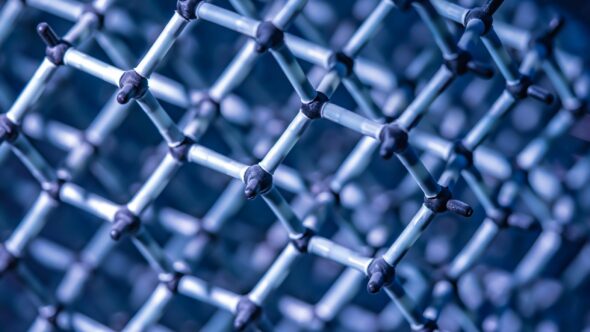One of the restraining factors for the development of hydrogen energy in Ukraine is the unpreparedness of the domestic infrastructure to accept synthetic gases – writes Maksym Bielawski, PhD, leading expert of Razumkov Center.
I suggest that we consider this aspect, based on the example of Lviv region, where, in 1858, the history of gas production of Ukraine started.
The formation of Ukraine’s gas distribution systems dates back to the Soviet period (mid 20th century), when natural gas was perceived as a social good and its cost had been subsidized from the state budget for decades and the infrastructure was built with margin of safety and power. Thus, a three-level architecture of gas supply was formed, the safe operation of which depended on the serviceability of a large number of gas control equipment. At the same time, the EU countries have a two-level model, and a vast majority of consumers are connected to medium-pressure gas pipelines with a minimum number of equipment.
As of today, LSC “Lvivgas” serves a gas distribution network with a capacity of 8.5 billion cubic meters and the actual consumption of natural gas in 2020 amounted only to 1.3 billion cubic meters. Thus, the gas distribution network of Lviv region is used only for 15% of the nominal capacity. At the same time, one third of the pipelines has been in operation for more than 40 years, which is reflected in the high level of natural gas losses (12% vs 4% in Poland), which are paid by consumers. Under such conditions, the installation of hydrogen energy projects will be inefficient.
That is why the Ukrainian engineers have developed 4 projects on the redesigning of particular sections of gas distribution networks of Lviv region. One of such projects is the decommissioning of “Drozdovychi” gas distribution station due to its low load (up to 2%) and the redirection of the flow to “Mizhynets” station. Also, as a part of the reconstruction, it is planned to construct more than 7 km of new polyethylene pipelines and halve the amount of gas control equipment.
This, in turn, will significantly increase the ability of networks to work with mixtures of gas and hydrogen. The investment into one project “H2Ready” is $0.5 million and the payback period is 6 years. In addition to projects in Lviv region, the redesigning of networks will be carried out in 7 more regions of Ukraine in 2021.
According to the Razumkov Center, it is estimated that a total of $2 billion in investment is needed to redesign Ukraine’s entire gas distribution network.









